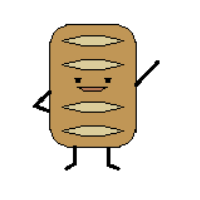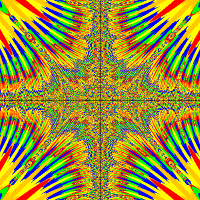Hello,
when two non-rotatable rectangles (aabb) collide, how can we determine which sides collided?
For example:
___ ___
| A| | B |
|__| |___|
If box A moves right and box B moves left, they will collide. The side of collision for A will be RIGHT and for B it will be LEFT. But how do I determine that? (I am using vectors for velocity, so the moving is described, too).
Thank to everyone for help.








